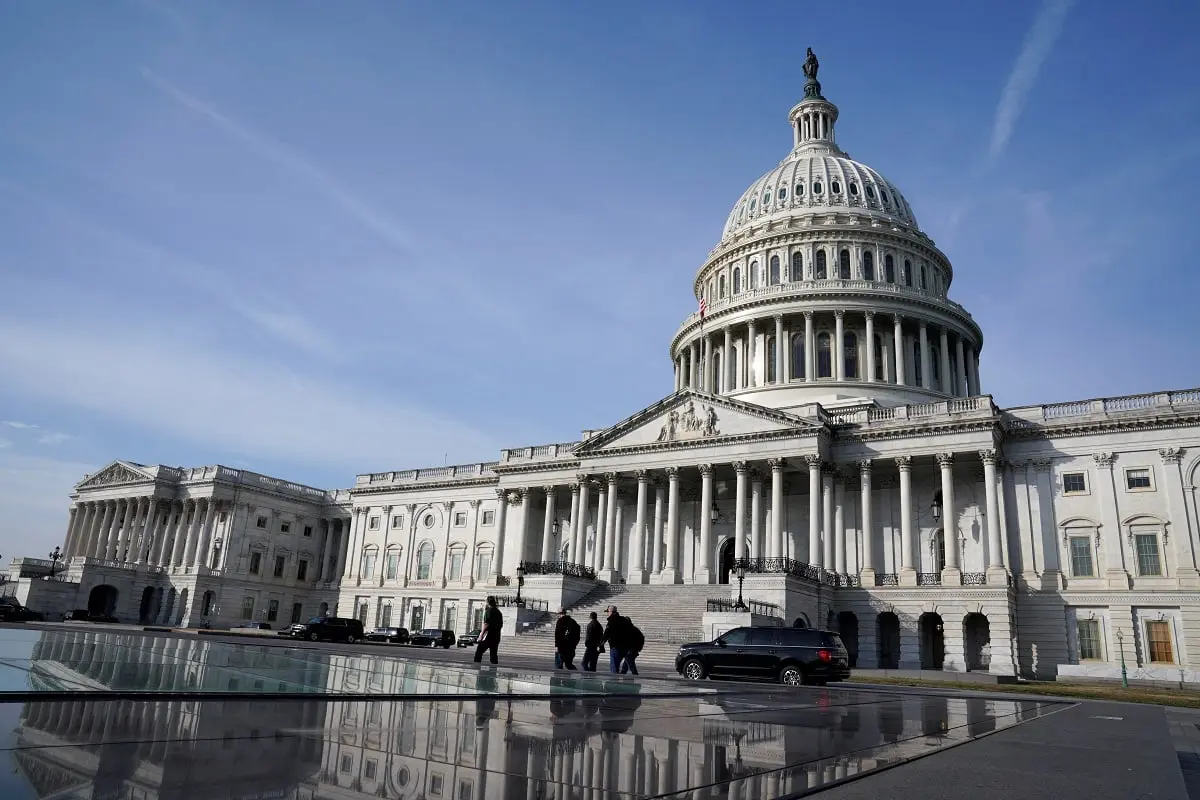The United States government announced on Friday that the budget deficit for the fiscal year 2023 was $1.695 trillion, a 23% increase over the previous year as a result of declining income and rising spending for Social Security, Medicare, and the nation’s historically high interest rates.
The deficit, according to the Treasury Department, is the biggest since a $2.78 trillion shortfall in 2021 brought on by COVID-19. Following consecutive decreases in the first two years of President Joe Biden’s administration, it represents a significant return to spiralling deficits.
The shortfall coincides with Biden’s request to Congress for $100 billion in additional foreign assistance and security expenditure, $60 billion for Ukraine and $14 billion for Israel, in addition to financing for the Indo-Pacific area and U.S. border protection.
The massive deficit is expected to intensify Biden’s budgetary conflicts with Republicans in the House of Representatives, whose demands for spending cuts drove the country to the verge of default over the debt ceiling in early June. The big deficit exceeded all pre-COVID deficits, including those resulting from Republican tax cuts passed under Donald Trump and from the financial crisis years.
Speaker of the House of Representatives Kevin McCarthy was ousted as a result of a deal to avoid a government shutdown over demands for deeper spending cuts made by Republican hardliners. The party is still split over who should lead them, which is expected to complicate negotiations ahead of a new fiscal deadline in mid-November.
September, the last month of the fiscal year, saw a decrease in the deficit from $430 billion in September 2022 to $171 billion.
Falling income is a major factor in the 2023 deficit, highlighting the significance of President Biden’s implemented and suggested tax reform initiatives, according to a joint statement from Treasury Secretary Janet Yellen and Office of Management and Budget Director Shalanda Young.
Biden’s student debt forgiveness programme was declared illegal by the Supreme Court, which resulted in a $321 billion reduction in the fiscal 2023 deficit. The decision compelled the Treasury to undo an anticipatory charge against the fiscal 2022 budgetary performance, which led to an increase in the deficit for that year.
Based on the two one-time adjustments, the deficit for the previous fiscal year would have been closer to $1 trillion, and the deficit for this year would have been closer to $2 trillion, according to a Treasury official.
Costs of record interest
With COVID-19 expenditure waning, Biden’s two years of declining deficits abruptly come to a stop with the 2023 deficit. The worst recession since the 1930s severely limited tax receipts, causing the U.S. deficit to peak at $3.13 trillion in fiscal 2020. At the same time, expenditure on business aid, consumer direct payments, and jobless compensation reached their highest levels.
However, the Congressional Budget Office has issued a warning that, with the existing tax and spending laws, the US deficit will approach levels seen during the COVID era by the end of the decade. As interest, health, and pension expenses rise, the deficit would reach around $2.13 trillion in 2030.
The fiscal year 2023 saw a 9% decrease in overall revenues to $4.439 trillion, mostly as a result of a decline in non-withheld individual income tax payments along with a decline in the performance of stocks and other financial assets due to an increase in interest rates.
A $106 billion fall in Federal Reserve profits was one of the other revenue declines, since any portfolio income was consumed by interest paid on bank deposits.
Spending for the fiscal year 2023 dropped by $137 billion, or 2%, to $6.134 trillion. If not for significant increases in debt payment expenses and retirement and healthcare benefits for the elderly, expenditures would have been relatively modest.
Due to cost of living adjustments for inflation, Social Security spending increased by 10% to $1.416 trillion, while spending on the Medicare senior healthcare programme increased by 4% to $1.022 trillion.
The cost of interest on the government’s record-breaking $33 trillion in debt increased dramatically as well, by 23% to $879 billion. According to a Treasury official, net interest payments increased 39% to $659 billion, a record amount, excluding intragovernmental transfers to trust accounts.
According to the official, net interest payments reached 2.45%, the highest level since 1998, while gross interest payments as a percentage of GDP reached 3.28%, the highest level since 2001.
Over the past 18 months, interest rates have skyrocketed due to the Federal Reserve raising borrowing prices in an attempt to curb inflation. In the previous fiscal year, the average interest rate paid on the outstanding debt of the Treasury increased to 2.97% from 2.07%.

